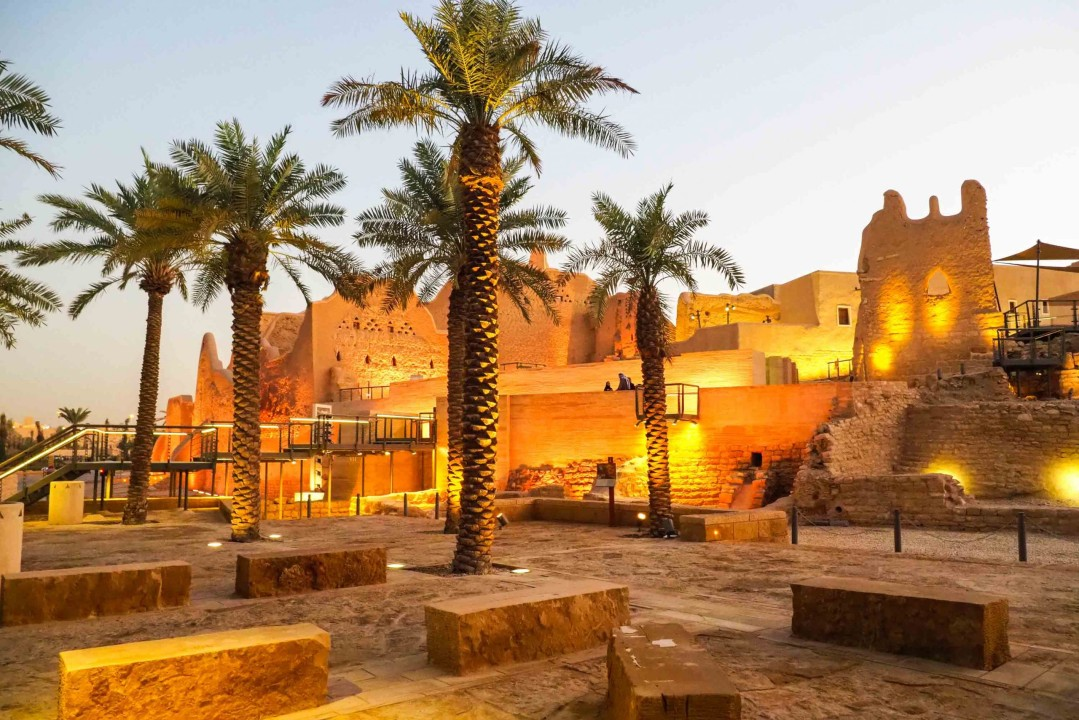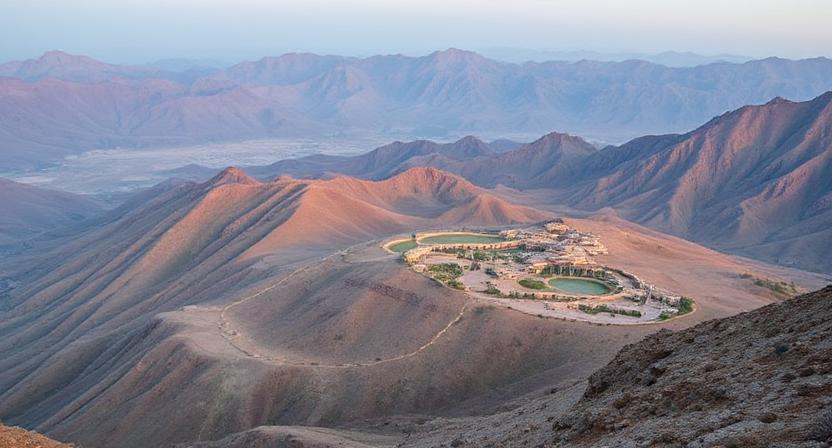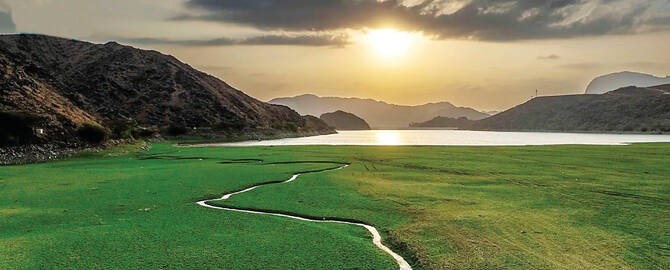
Saudi Arabia is taking another bold step in its environmental journey by expanding its network of national parks and protected areas. The latest update from the Saudi government highlights plans to turn large portions of the Kingdom’s natural landscapes into national parks, aiming to boost tourism, preserve wildlife, and support the country’s Vision 2030 goals for sustainability.
This new initiative reflects Saudi Arabia’s growing commitment to nature conservation and eco-tourism. As the country continues to diversify its economy beyond oil, protecting its vast deserts, mountains, and coastlines has become a national priority.
According to the latest reports, the Saudi National Center for Wildlife and other related authorities are working together to establish new protected areas across different regions of the country. These include unique natural sites in the Asir Mountains, the Red Sea coast, and the northern desert regions.
Officials stated that these new parks will help conserve biodiversity and protect endangered species such as the Arabian leopard, gazelles, and migratory birds. Several projects are already underway to restore ecosystems, plant millions of native trees, and create eco-friendly tourism zones where visitors can enjoy nature without harming it.
The development aligns with the Saudi Green Initiative, which aims to plant 10 billion trees and designate more than 30% of the country’s land as protected by 2030. This ambitious plan is not only about conservation but also about creating sustainable economic opportunities.
The new national park projects are expected to attract both domestic and international tourists looking for unique nature experiences. With scenic hiking trails, desert safaris, and mountain viewpoints, these areas could soon become popular destinations for adventure seekers and nature lovers alike.
Saudi Arabia’s tourism sector has been growing rapidly, especially since the country opened its doors to international visitors in 2019. National parks will play a key role in strengthening this growth. Eco-tourism facilities, visitor centers, and guided nature tours will create jobs for local communities and promote environmental awareness among residents and tourists.
Local authorities have also announced plans to work closely with nearby towns and villages to support small businesses, including traditional crafts, local food, and accommodation services. This integration ensures that communities living near national parks benefit directly from tourism and conservation efforts.

One of the key focuses of the new national park strategy is protecting Saudi Arabia’s endangered species. The Arabian leopard, one of the world’s rarest big cats, has been at the center of conservation discussions. The Royal Commission for AlUla has already started a successful breeding program to increase the leopard population, and similar efforts are expected to expand across other parks.
In addition to leopards, the national parks will serve as sanctuaries for native wildlife such as ibex, Arabian oryx, sand gazelles, and many species of birds. The creation of safe habitats, alongside stricter anti-poaching measures, will help restore the country’s fragile ecosystems.
Environmental education campaigns are also planned to raise public awareness about wildlife protection and responsible tourism. Schools, universities, and social organizations are being encouraged to participate in eco-activities like tree planting and park clean-ups.
Saudi Arabia’s approach to building and maintaining national parks includes the use of modern technology. Drones, satellite imaging, and artificial intelligence will be used to monitor animal movements, detect illegal activities, and manage water resources efficiently.
The National Center for Wildlife has already begun testing smart monitoring systems that can track changes in vegetation and wildlife populations. This data-driven approach will ensure that conservation strategies are more effective and adaptable to changing conditions.
By using innovative technology, Saudi Arabia aims to set a new standard for conservation in the Middle East, making its national parks models of modern environmental management.
The expansion of national parks fits perfectly within the Vision 2030 framework, which focuses on sustainability, tourism, and improving quality of life. The initiative aims to provide residents with more green spaces and outdoor recreation areas while attracting international visitors who are interested in eco-tourism and nature exploration.
Crown Prince Mohammed bin Salman has emphasized the importance of environmental protection as a cornerstone of Saudi Arabia’s transformation. Under his leadership, several large-scale environmental projects have been launched, including NEOM’s “The Line,” the Red Sea Project, and the Saudi Green Initiative—all of which integrate nature conservation into their design.
By prioritizing green development, Saudi Arabia hopes to position itself as a leader in regional sustainability, setting an example for neighboring countries.

While the national park project has received wide praise, it also faces challenges. The country’s harsh desert climate, water scarcity, and rapid urbanization can make conservation efforts difficult. However, experts believe that with careful planning and strong enforcement, Saudi Arabia can overcome these obstacles.
Authorities are focusing on creating self-sustaining ecosystems, using renewable energy for park operations, and introducing water recycling systems to minimize resource use. These solutions are expected to make the parks both environmentally and economically sustainable.
The long-term vision is to create a network of interconnected protected areas that support biodiversity while contributing to tourism and community development. Over time, these parks could become global symbols of how nations can balance progress with preservation.
Saudi Arabia’s national park update marks a turning point in the country’s environmental policy. From once being known mainly for its oil production and deserts, the Kingdom is now positioning itself as a destination for nature, sustainability, and innovation.
With continued investments and public support, the vision of transforming vast parts of Saudi Arabia into thriving natural sanctuaries is becoming a reality. The initiative is not only about protecting landscapes but also about inspiring future generations to value and care for the environment.
As the projects progress, the world will be watching how Saudi Arabia turns its green ambitions into tangible results—creating a legacy that blends nature, culture, and progress for years to come.
Do Follow Estate Magazine on Instagram
Read More:- Dubai’s Innovative AI Strategies Changing Daily Life Rapidly 2025
